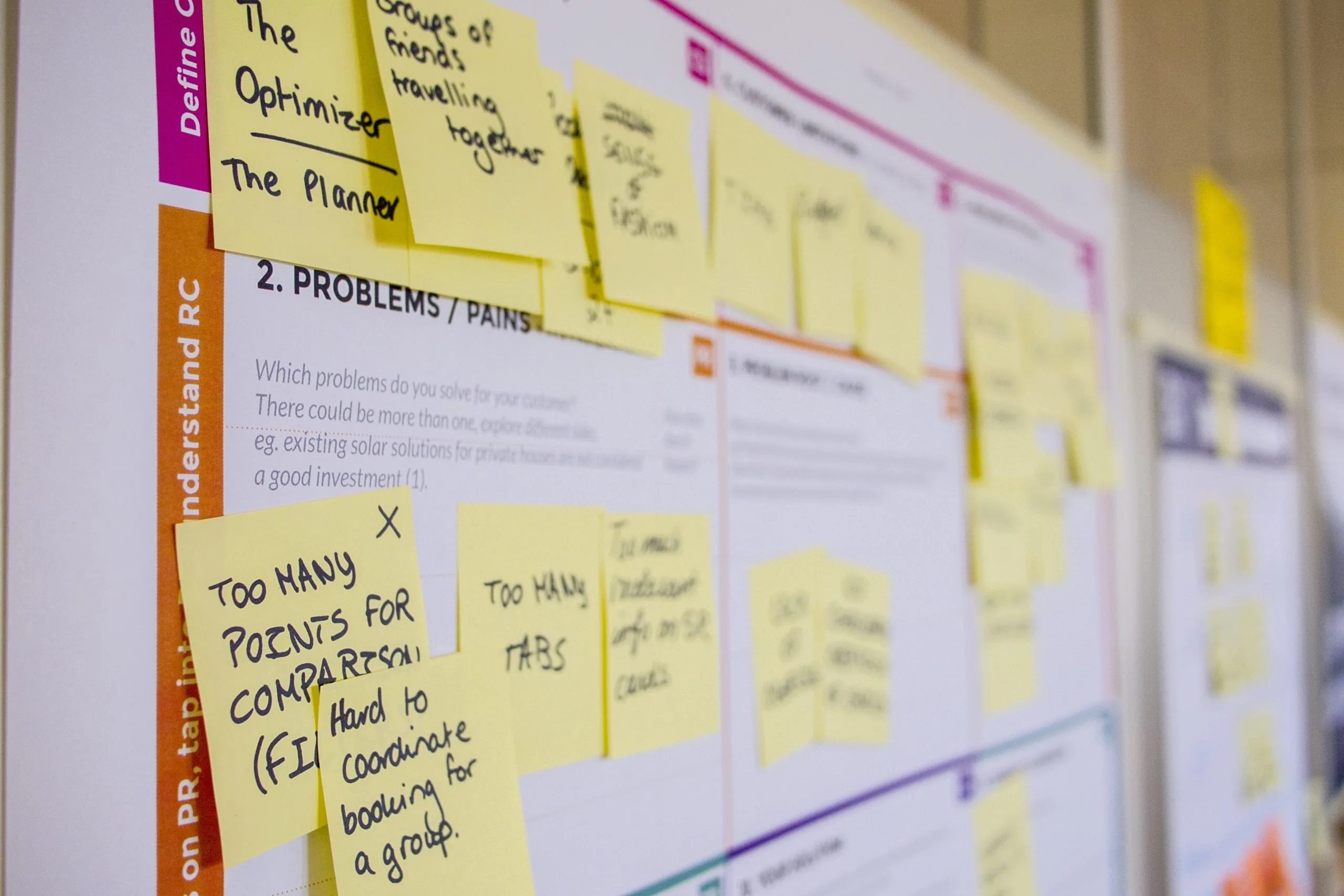With artificial intelligence (AI) and machine learning (ML) technology gradually seeping into our daily lives, data and its appropriate use can cause a substantial impact on a company’s bottom line. ML algorithms can effectively use accurately labeled data to identify problems and offer practical solutions, making data labeling a vital part of the next-generation technology landscape.
In the context of machine learning, data labeling refers to the process of adding meaningful and informative tags or labels to raw data such as videos, audio, text files, or images. For instance, labels might specify which words were spoken in an audio recording, whether an image contains an animal or plant, or if an x-ray includes a tumor.
How Data Labeling Works
Businesses integrate software, processes, and data labelers to clean, organize, and annotate data that underpin ML models. With the help of labels, data analysts can segregate variables within datasets, which facilitates the selection of optimal data predictors for ML models.
Types of Data Labeling
The two most common types of data labeling are:
Image Labeling
Image labeling is the process of detecting and marking several details in an image. It is beneficial when automating the process of generating metadata or offering recommendations to users based on specifics in their imageries.
Video Labeling
Video labeling involves adding metadata to video datasets. This information can include details on individuals, locations, objects, and more. A combination of human labelers and automated tools annotate target objects in video recording. An AI-powered computer then processes this labeled recording and uses ML techniques to discover ways to detect target objects in new, unlabeled videos.
How Data Labeling Benefits Various Industries
Data labeling is vital to various use cases, including natural language processing (NLP), computer vision, and speech recognition. Let’s take a look at some data labeling applications in specific industries.
Agriculture
The agriculture industry can use data labeling for monitoring crops, controlling weeds, and diagnosing pests and diseases. For example, farmers can use data labeling to identify individual livestock such as pigs and cows and for diagnosing breeding status and detecting disease as well.
Vehicles
Autonomous vehicles like self-driving automobiles need to be able to tell the difference between objects in their path so that they can process the outside world and drive securely. Data labeling enables the vehicle’s AI to tell the difference between an individual, the road, another vehicle, and the sky by labeling the main features of those objects and looking for similarities between them.
Robotics
Data labeling can be used in robotics for various use cases like security monitoring, home delivery, drones, warehouse logistics, human/machine interaction, and even consumer applications such as lawnmowers and vacuums.
eCommerce
Retailers can use data labeling to recommend products to customers. It makes the buying process efficient for the consumer and drives sales for the brand.
Sports
Data labeling can help identify and analyze athlete movement, giving trainers a competitive advantage. For example, skeletal annotation can be used to identify the limb positions of players.
Leverage the Power of Data Labeling
Data labeling can improve the accuracy, quality, and usability of data in numerous contexts across industries. Helpware’s microtasking platform provides our customers with the highest quality image and video analysis in the form of useable data. Our platform deconstructs images and videos even to single-pixel points for exhaustive analysis.
We also have experience working with structured and unstructured data in named entity recognition, topic modeling, text summarization, sentiment analysis, aspect mining, and machine translation. Get in touch to learn more about how we can help your company.











